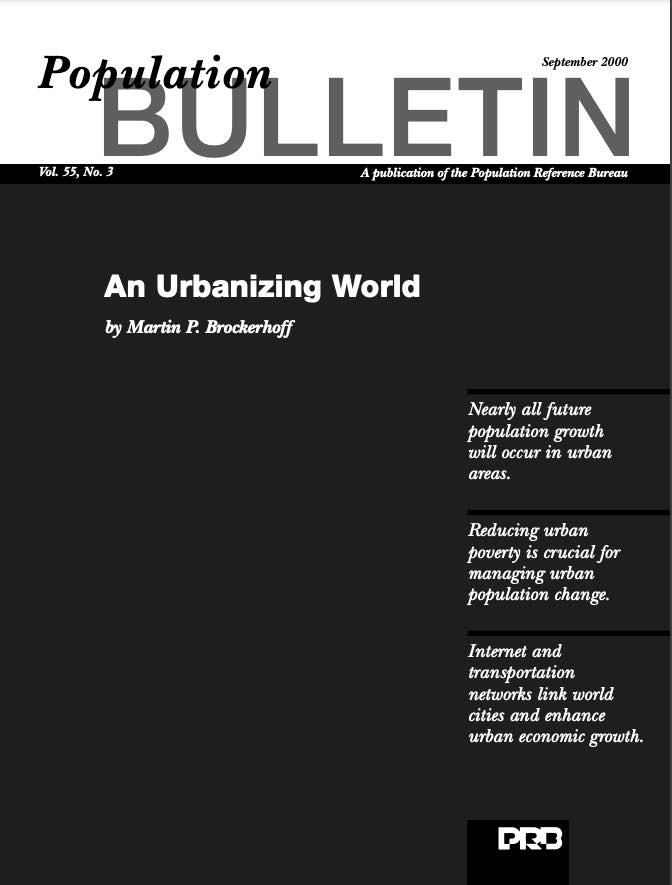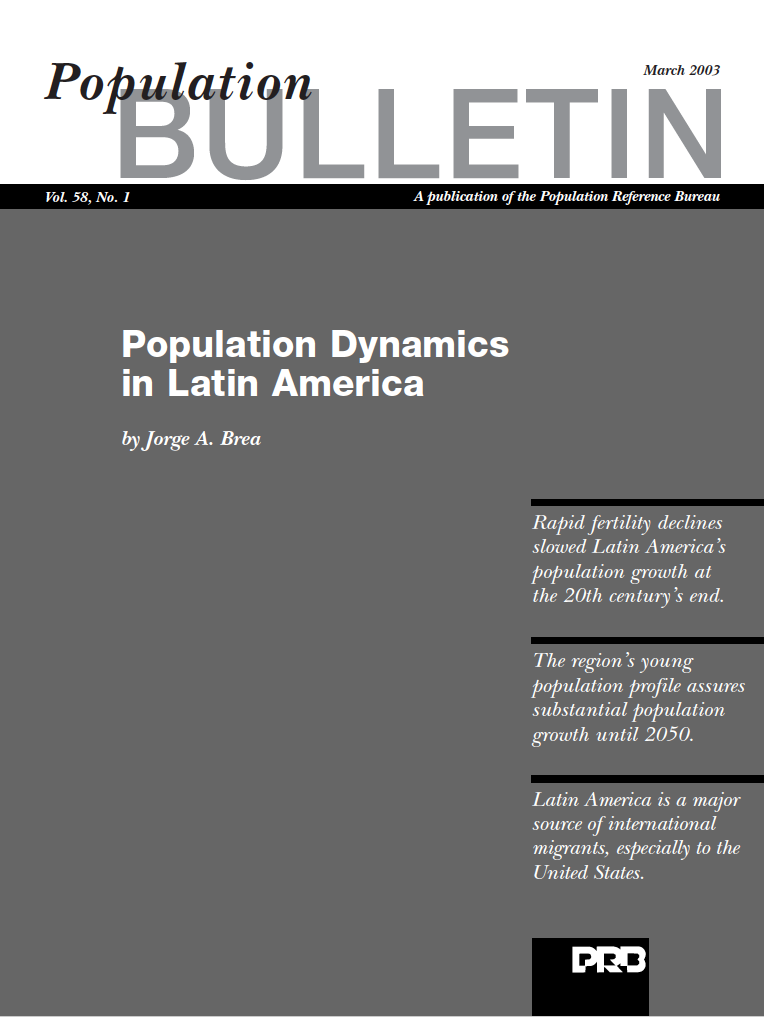Eco-Tourism: Encouraging Conservation or Adding to Exploitation?
(2001) Eco-tourism has emerged as one of the most important sectors of the international tourism industry. The United Nations, recognizing eco-tourism's potential role in sustainable development, has declared 2002 the "International Year of Eco-tourism."




